Most drivers who have a lot of experience and experience consider automatic transmissions unreliable and uneconomical. In some way, they are still right, though, today, automatic transmissions not only reached the parameters of mechanical analogues, but also could surpass them. However, automatic gearboxes are much more expensive, which makes a manual box with a leader among the mass segment. Mechanical PPC is good in all respects, and its only disadvantage is inconvenience to use. For this reason, novice motorists are quite often wondering how correctly switching transmission on mechanics when starting and while driving. In fact, the mechanical transmission operation system is not complicated if you follow certain rules.
Content
Machine on mechanics, why stalls at the start
Whatever the vehicle starts the movement, you need to turn on the transmission, and then open the fuel supply in sufficient to accelerate the volume. It seems that everything is quite simple - squeeze the clutch, turn on the first gear and gas. But when the car rows from the place, he has to overcome the biggest efforts, as a result of this, very often the engine stalls, leading a motorist into bewilderment. The essence of this situation is that at the right time at the same time and smoothly squeeze the gas and clutch pedals, only then the vehicle comes from the place without any problems.
Clutch and Gas Balance Rules
The movements of the lever must be smooth, without harsh efforts to overcome natural resistances, and switching the transmission only after the clutch pedal is squeezed. Each driver should know that with a sharp movement of the gear lever, with a quick lift of the foot from the clutch, as well as when the excessive fuel is applied, the transmission is able to fail, which will entail either expensive repair or a complete replacement of the mechanism.
Start from the first transfer
Undoubtedly, we are not talking about the work of pedals, but about the use of mechanical transmission. Professionals advise to start with a dry and clean surface of the road surface using the first transmission, as it transmits the wheels a very high torque, which gives the minimum chances that the motor will stall. If the gearbox makes strange and unpleasant sounds with a sharp movement of resistance, the mechanical transmission lever should be returned to the neutral position, release the clutch pedal, squeeze it again and try again. When the necessary stage is turned on, an effort on the lever will decrease on an instant, after which its movement will be stopped, as a result of a collision at the end of the groove with the limiter.
Start from the second transfer
In addition, it will be desirable to learn how to start from the second program, especially during the winter and frost, since this method will protect your vehicle from slipping the wheels and will not allow the car to immediately go into a skid or break into the snow wheels. The use of the second transmission at the start is still different from the first. With a mechanical gearbox, select the second transmission, but the balancing of the clutch and gas pedals must be more thin to avoid high load on the power apparatus.
Tashometer transmission switching
When driving a car, it is very important to know which time it is necessary to switch the step to reduce the fuel consumption, to achieve normal dynamics, as well as preventing transmission faults. Quite often, you can meet the recommendations that are advised at a specific speed of movement, choose a specific transmission. However, such a rule is absolutely incorrect, since the individual vehicle is characterized by the level of its power and specific gear ratios.
Inexperienced motorists can be advised to emphasize their attention on the tachometer, since a variety of car engineering zone is located in an approximate range - 2500-3500 revolutions per minute. When the car moves at such a frequency of rotation of the crankshaft, you should not be taken for the lever. For example, on sports cars with high-strength engines, proper gear shifting can occur completely different. According to this, professionals do not advise save and undergo special driving training for high-speed cars, which most dealers offer.
When the speed rises, it is necessary to change the step to a higher, while completely squeezing the clutch pedal and observing the necessary precautions when moving the lever. In the same way, we actually act in the event of a drop of revolutions, only the transmission changes to a lower one. It is advisable to switch the steps in stages and when overclocked to use each transmission. Undoubtedly, you can jump one or two programs, but it is important to remember the exceptional caution in the use of the clutch, so that you would not cause damage to the gearbox shafts.
When to include a low stage
The main advantage of mechanical transmission is that it makes it possible to prepare for a variety of difficulties. The rules of use of the mechanical gearbox establish a step in the following cases:
1. If you approach the steep rise.
2. If you are moving on a dangerous descent.
3. If you overtake another vehicle.
4. If you expect a steep twist ahead.
If it is impossible to use the working brake system, in particular, when you move on a slippery surface or under a steep slope, you need to brake the engine. In this case, you need to completely release the gas pedal, stepwise changing the transmissions to lower, before reaching the optimal speed by the vehicle. You should not allow an excessive increase in engine revolutions. Attempts to help transmissions in a working brake are not welcome, if there is such an opportunity.
Switching speed by engine sound
Experienced motorists are often determined when you need to switch the transmission, on the sound of the engine. However, for this, you need to easily get used to the car. The largest professionalism is to switch the speeds for the sensations of the vehicle reaction - the driver is able to evaluate how fast the machine is accelerated when it presses the gas and reaching the necessary revolutions, changes the transmission, thereby improving the dynamics of the vehicle. For this, you need to have a huge experience and habit to a specific car.
Economical mode of operation
The most economical for the car is considered to work in the range of 2500-3500 revolutions per minute. To reduce the cost of fuel, professionals advise you to choose exactly such a mode with uniform ride at high or medium rates. Many motorists believes that if you quickly move on increased transmissions and hold the rotational speed of the crankshaft in the range of 1000-1500 revolutions per minute, the fuel flow rate will decrease. In fact, it is not. What would be accelerated from low revolutions, the car needs much more fuel, and correctly react to unexpected situations, the motorist will be much more difficult.
In order to understand how to properly switch the transfers, you need to know which assembly is used by modern mechanical gearboxes. Usually, the fifth, sixth, and in some vehicles, and the seventh transmission are set specifically to reduce the consumption of fuel. The highest speed can be achieved when using the fifth or fourth transmission, depending on their quantity. If you prematurely enhance the increases, it will not lead to a decrease in the cost of fuel, and to the drop of revolutions. I also want to say that the use of the highest steps is not justified at all, as they were created for uniform ride through country roads.
Tips of professionals
To avoid premature failure of a mechanical gearbox, fast clutch and engine wear, it should not be made by a lever of sharp movements, perform the proper balancing of pedals and not allow slipping and sharp blows. In order to reduce the fuel consumption, you need to maintain the motor turnover in the optimal range. With the help of a manual transmission, it is possible to braking the engine, which will protect you from falling into a dangerous situation. If you master the gear shift rules, you can absolutely control your vehicle, achieve good dynamics, less expenses and complete safety.
Related Materials
- Stove 2110, bad warm stove 2110, VAZ 2110 heating system, repairing the heating system VAZ 2110 with their own hands
- VAZ 2114 stove blows with cold air, stove 2114, bad warm stove VAZ 2114, device and repair of heating VAZ 2114 do-it-yourself, removing the stove VAZ 2114
- How to subdominize the car. How to put a jack. Types of jacks for cars.
- VAZ 2109 Fuse Block, VAZ 2109 Fuse Block Carburetor, VAZ 2109 Fuse Block Injector, Old VAZ 2109 Fuse Block, VAZ 2109 Fuse Block, VAZ Fuse Block 2109
- Car exhaust gas catalyst, faulty catalyst, pluses and cons of the catalyst, how to change the catalyst on the planeencitel
- Stove blowing cold air VAZ 2114, badly blowing the stove VAZ 2114, why badly blowing the stove VAZ 2114
- How to find out the owner of the car by the number of his car, check the car by the number of the traffic police machine, check the car by the state number of the car for free
- How to choose Used tires, Useful Tips
- Winter car road, pressure in passenger car tires in winter, good battery for the car in winter, whether to warm the car in winter
- In winter, the car is poorly started. How to make a car in winter, do you need to warm up the car in winter, useful tips
- Economy fuel consumption machines, the most economical car consumption
- Tires brands for passenger cars, labeling of car tire labeling, residual passenger car tire protector, how to pick a tire on a car brand, car tire tread pattern
- Working transmission operation, mechanical gearbox clutch work, driving with manual gearbox, useful tips
- Rear beam Peugeot 206 sedan, rear beam device Peugeot 206. Rear beam Peugeot 206 Malfunction, repair of the rear beam Peugeot 206
- Diesel fuel in winter, additive for diesel fuel in winter, how to choose the best diesel fuel
- Diesel winter does not start. How to start diesel in winter, heating diesel in winter.
- Japanese bridgestone tires, winter studded bridgestone tires, bridgestone tires brand
- Tire marking decoding for passenger cars, labeling wheels, how to choose the right tires on the disks
- Diesel engine in winter, launch of the diesel engine in winter, what oil to fill in a diesel engine in winter, useful tips
- LED backlight of the car, the backlight of the bottom of the car, the backlight of the legs in the car, the backlight in the door of the car, the backlight of the car is fine
- Recovered tires, bus tire, restored tire protector, can I use them
- Choose winter tires, which is a winter tires, which pressure in winter tires should be marked with winter tires, how to choose the right winter tires, the best winter tires 2019
- Steering rail rail, knock of steering rack, reasons for the knock and repair of the steering rack do it yourself
- Cameless car tires, a set for repair of tubeless tires, repair of the cannon-free tire do it yourself
- Russian tires, Russian tires Winter, Russian All-season tires, Voronezh AMTEL tires, Tires "Matador Omsk Tire", Kama-tires are world-class bus
- How to open a car without a key. Lost the key from the car what to do, the key from the car inside the car
- Silent tires, quiet winter tires, quiet studded bus, which tires to choose, overview tires
- Tires and safety, safety of the bus, why it is necessary to constantly monitor car tires
- Rules of safe driving of the car in the rain and slush, safe driving of the car for beginners
- Rust converter which is better for cars, rust converters to choose how to use rust transducer, professionals
- Polishing the body of the car do it yourself, how to choose a polishing paste, useful tips
- Engine durability, engine life, how to extend engine life
- Knock in the car. Knock when moving the car. What can knock in the car. How to determine the cause of the knock.
- ABS car, what is ABS car, ABS system malfunction, ABS diagnostics
- Overtaking a car when you can start overtaking a car, rules of traffic rules
- Fuel pump VAZ 2110, VAZ 2110 gas station scheme, VAZ 2110 fuel pump device, VAZ 2110 gas station repair,
- Automotive antennas for radio, automotive antenna device, car antenna do it yourself
- Front suspension Kalina, device front suspension Kalina, knock in front suspension Kalina, repair of front suspension Kalina
- Shock absorber Oil, best oil shock absorbers, pumping oil shock absorbers, how to properly pump oil shock absorber
- Clutch malfunctions, touches clutch, causes a clutch malfunction, how to eliminate
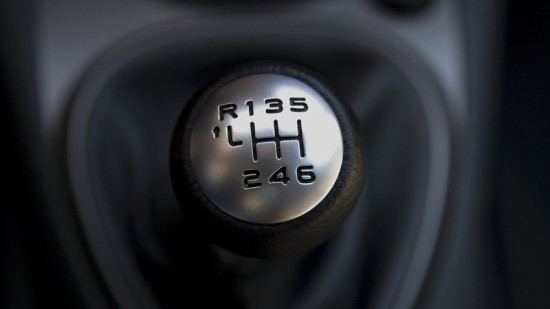

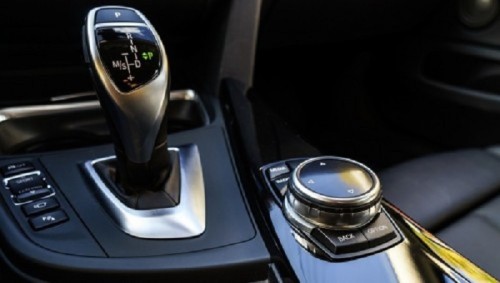
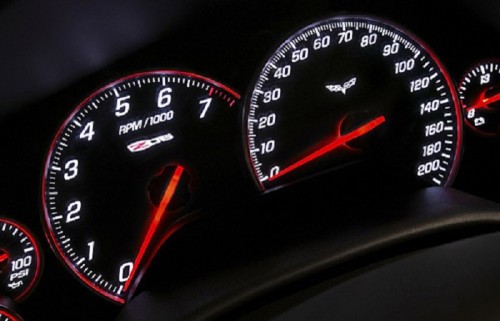
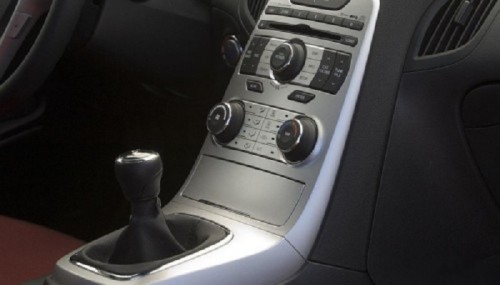
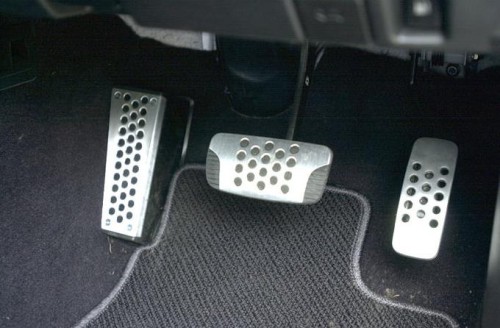






Comments